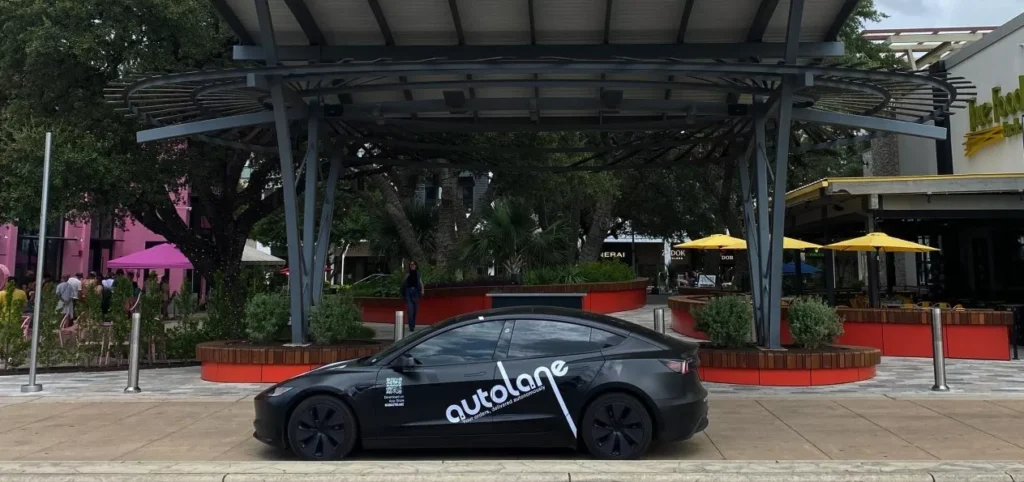












From EVs and batteries to autonomous vehicles and urban transport, we cover what actually matters. Delivered to your inbox weekly.
England’s local leaders have launched a National Active Travel Network, marking a coordinated shift towards low-carbon, short-distance mobility that prioritizes walking, cycling, and wheeling. Framed as a core pillar of the UK’s Net Zero Transport Plan for 2050, the network aims to cut urban congestion, lower transport emissions, and expand access to safe, sustainable travel across both cities and rural areas.
At the center of the initiative is a practical fix for a longstanding gap: the first and last mile of travel. The new infrastructure is designed to connect homes, schools, workplaces, and transit hubs with routes that make walking and cycling viable daily options, not just leisure activities.
Route designs focus on pedestrian and cyclist safety, with protected lanes, traffic-calmed streets, and accessibility features for wheeled devices.
Urban congestion is a key target. In England’s cities, traffic delays and inefficiencies cost an estimated 4% of GDP. By creating alternatives to private vehicles for short trips, leaders expect to relieve pressure on roads and public transit.
The plan also reflects mounting local concern over health and air quality, especially as transport remains one of the largest contributors to UK emissions.
Rather than a patchwork of local efforts, the National Active Travel Network brings together regional authorities under a shared framework.
This coordination is set to unlock benefits at scale:
Millions of residents stand to gain practical mobility options within walking or cycling distance of their homes. For policymakers, the network offers a tangible pathway to hit emissions goals without waiting on electric vehicle uptake or costly mass transit expansions.
The next signal to watch is how quickly local governments can move from planning to delivery on the ground. As the transport sector evolves, active travel infrastructure is emerging as a foundational layer — linking sustainability, economy, and equity in a way that few other modes can.